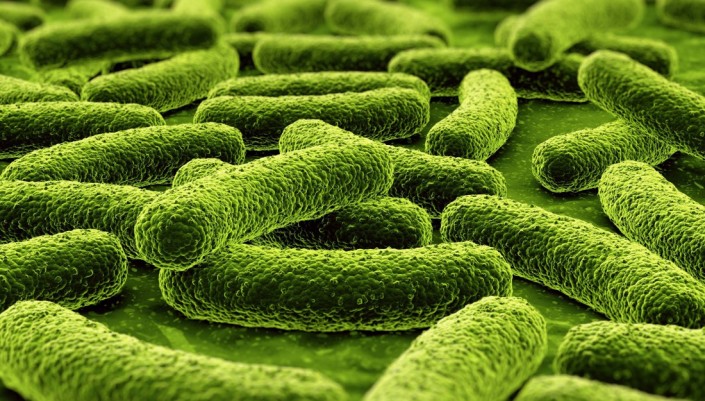Tuberculosis: New rapid method will measure effectiveness of treatment

Image: College of Medicine
Doctors know how to cure tuberculosis, but first they must diagnose it. That’s a problem, because the bacteria that causes the disease grows very slowly, often confounding traditional diagnostics.
A team from the College of Medicine is working on a new approach, led by Jeffrey Cirillo, a professor in the Department of Microbial Pathogenesis and Immunology.
Tuberculosis is the second-most common cause of mortality from an infectious disease in the world, killing nearly three people every minute.
Cirillo’s previous research, which has been supported by the Bill and Melinda Gates Foundation and the Wellcome Trust, has focused on developing a rapid yet inexpensive test for tuberculosis. He and his team have nearly perfected the technology and are in the process of bringing the test to
Now, Cirillo and his team have developed a method, which they reported recently in the journal PLoS ONE, of detecting whether a potential treatment is working as early as a day after it is given.
Using optical imaging technology, the researchers can observe the bacteria in real time, in living animals, without harming them. This way, it is easy to determine if a proposed treatment is working and the number of bacteria is decreasing.
“There have never been sensitive enough systems to measure the bacteria directly in animals,” Cirillo said. “This is a completely new technology and has nearly limitless applications to microbiological research, particularly in animals, but it increases sensitivity in any experimental system.”

